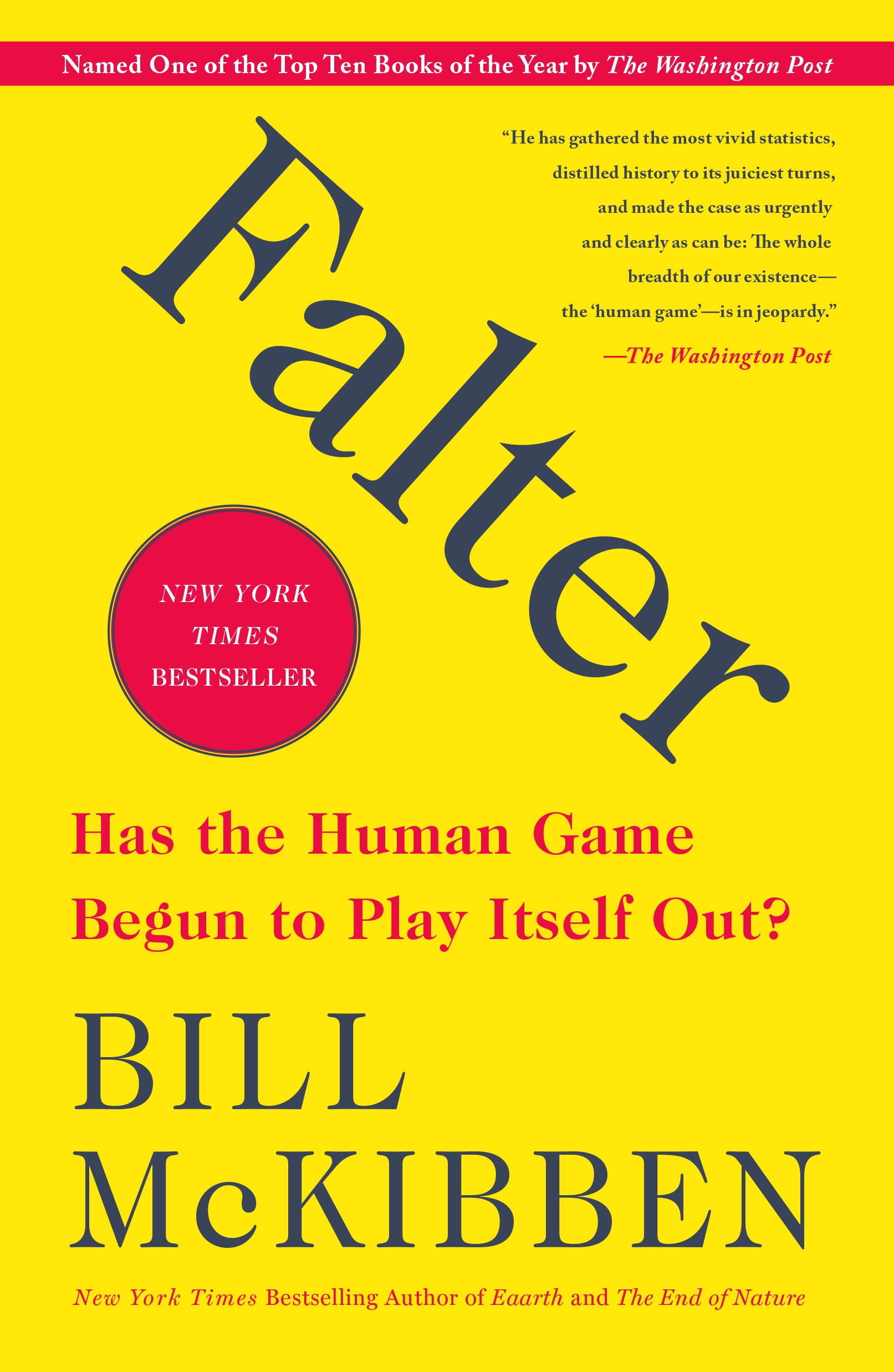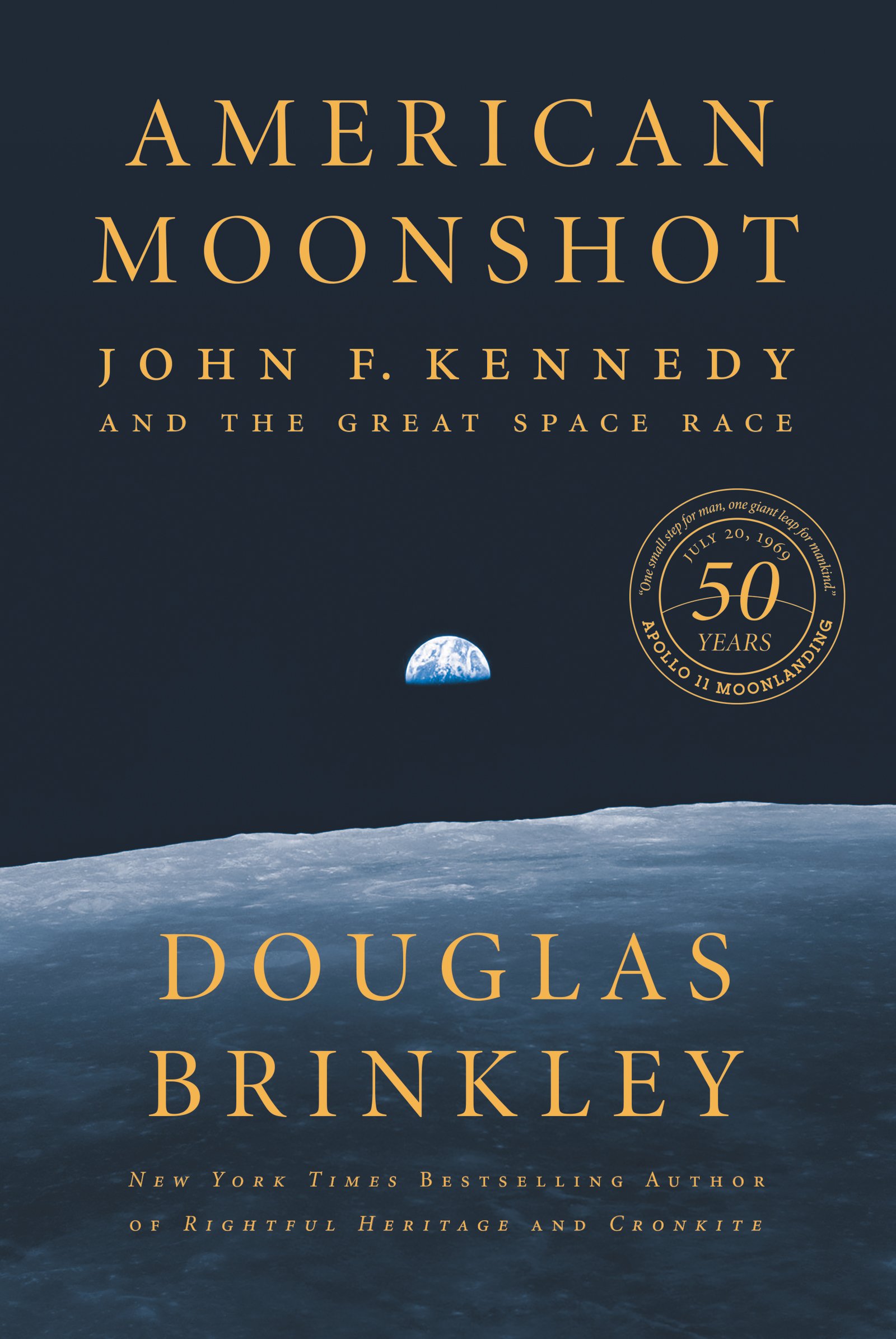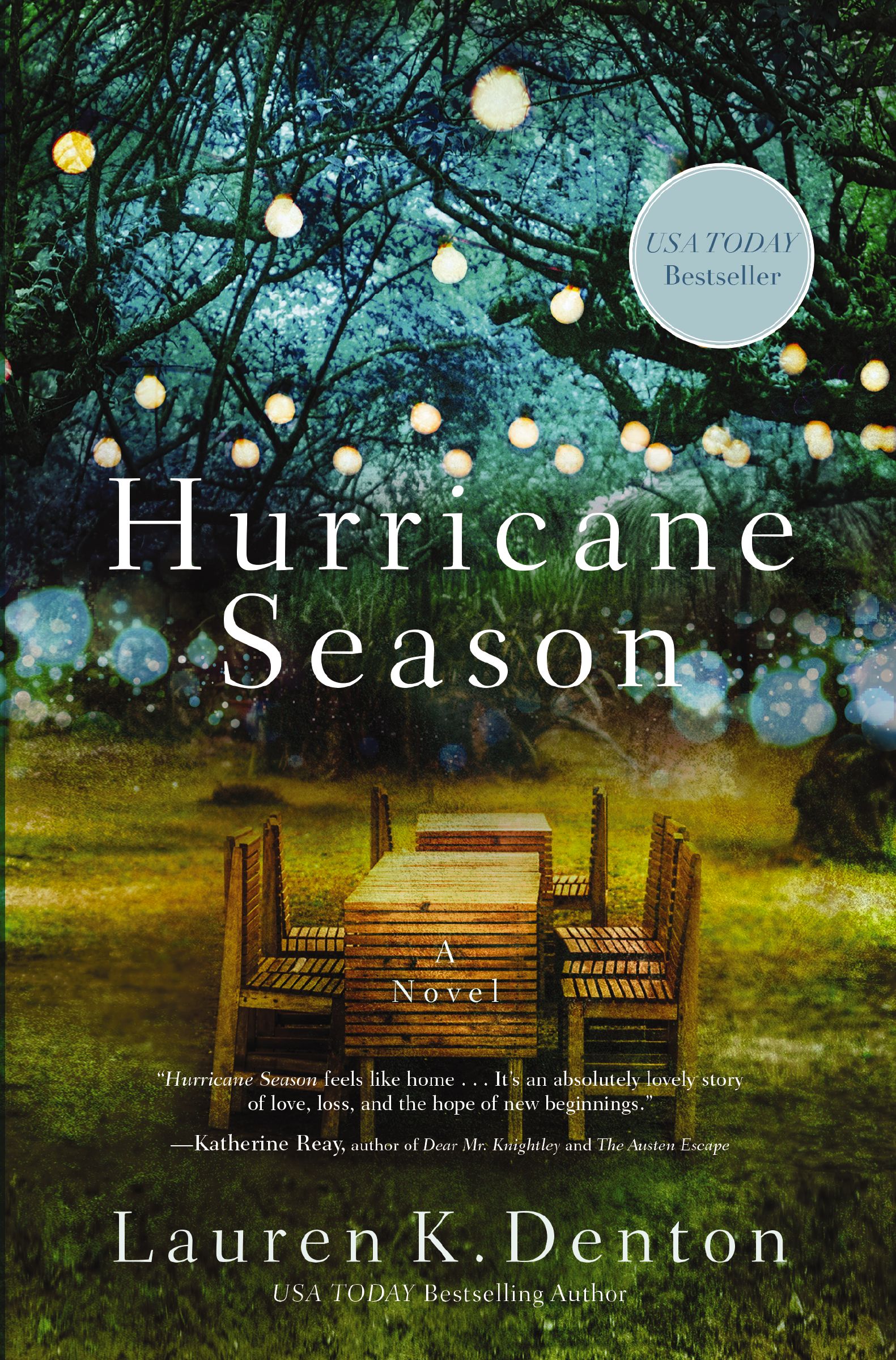Methods Of Hydroelectricity Generation Including Pumped-storage Electricity, Run-of-the-river Electricity, And Tidal Power
by Patrick Sing
2021-01-12 20:22:48
Methods Of Hydroelectricity Generation Including Pumped-storage Electricity, Run-of-the-river Electricity, And Tidal Power
by Patrick Sing
2021-01-12 20:22:48
Please note that the content of this book primarily consists of articles available from Wikipedia or other free sources online. Most hydroelectric power comes from the potential energy of dammed water driving a water turbine and generator. Pumped-sto...
Read more
Please note that the content of this book primarily consists of articles available from Wikipedia or other free sources online. Most hydroelectric power comes from the potential energy of dammed water driving a water turbine and generator. Pumped-storage hydroelectricity is a type of hydroelectric power generation used by some power plants for load balancing. The method stores energy in the form of water, pumped from a lower elevation reservoir to a higher elevation. Run-of-the-river hydroelectricity is a type of hydroelectric generation whereby the natural flow and elevation drop of a river are used to generate electricity. A tidal power plant makes use of the daily rise and fall of water due to tides; such sources are highly predictable, and if conditions permit construction of reservoirs, can also be dispatchable to generate power during high demand periods. This book studies various methods of hydroelectric power generation including grid energy storage, capacity factor, the Dallas Dam, and the Rance Tidal Power Station. Project Webster represents a new publishing paradigm, allowing disparate content sources to be curated into cohesive, relevant, and informative books. To date, this content has been curated from Wikipedia articles and images under Creative Commons licensing, although as Project Webster continues to increase in scope and dimension, more licensed and public domain content is being added. We believe books such as this represent a new and exciting lexicon in the sharing of human knowledge.
Less






























